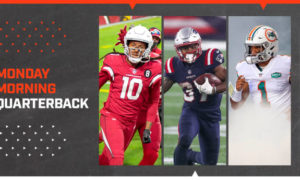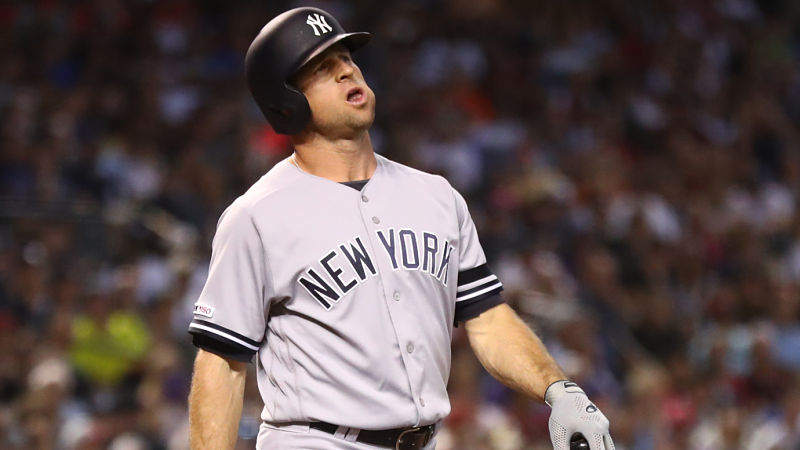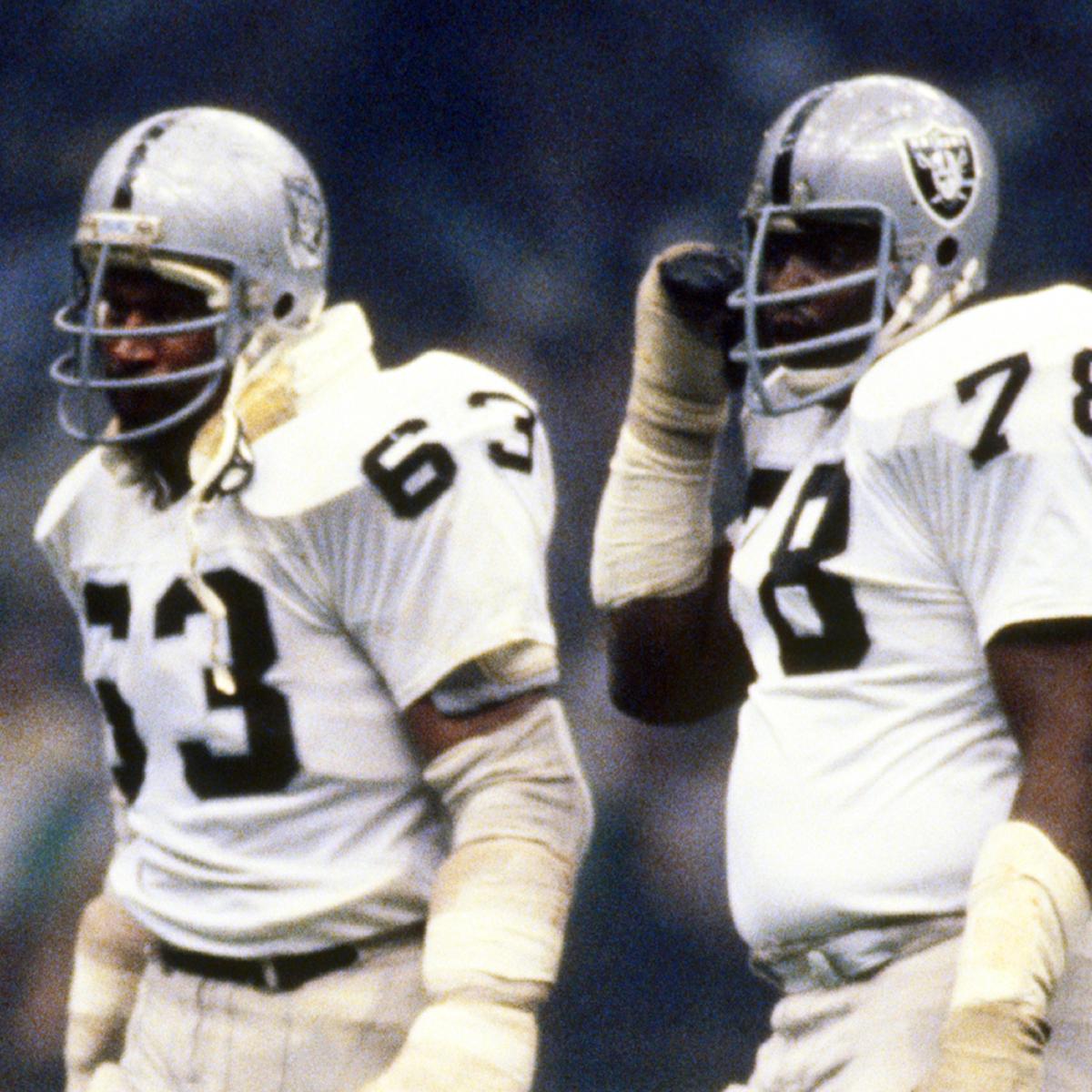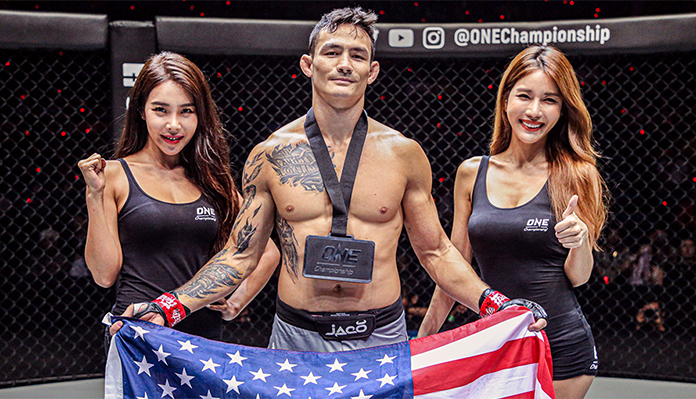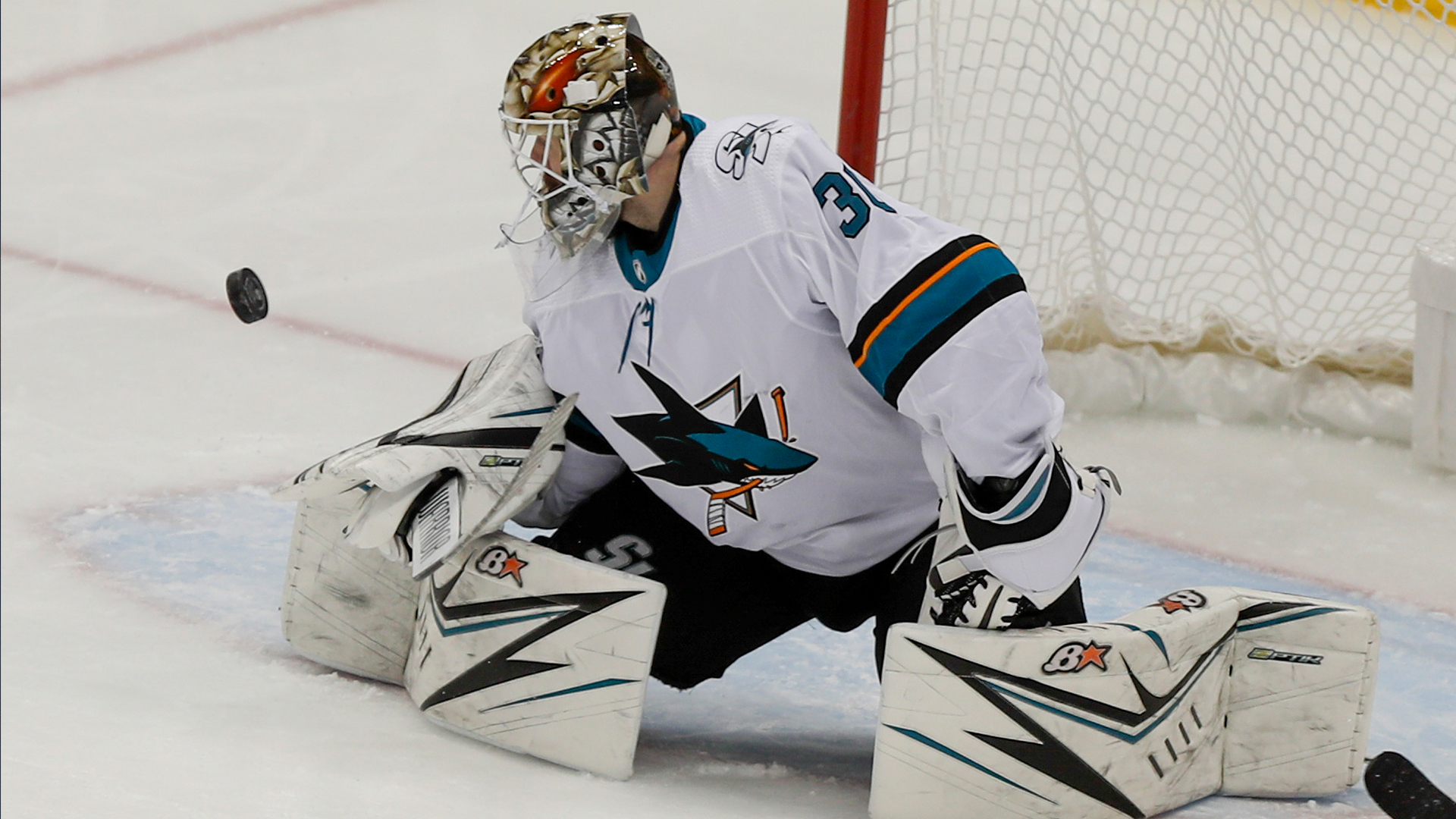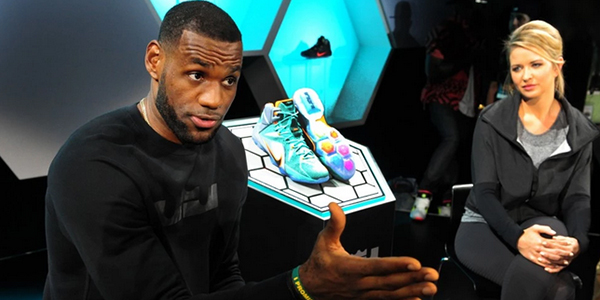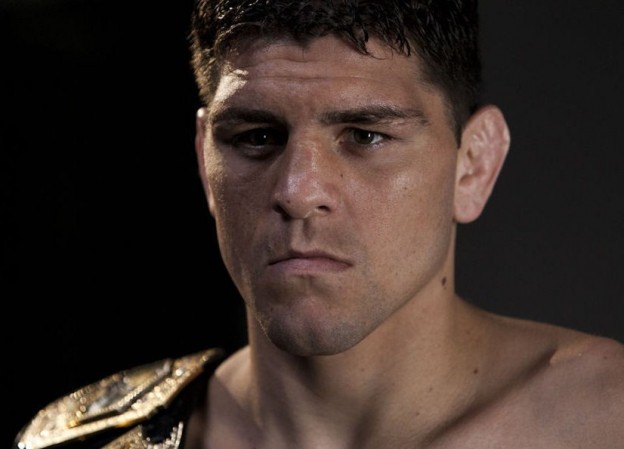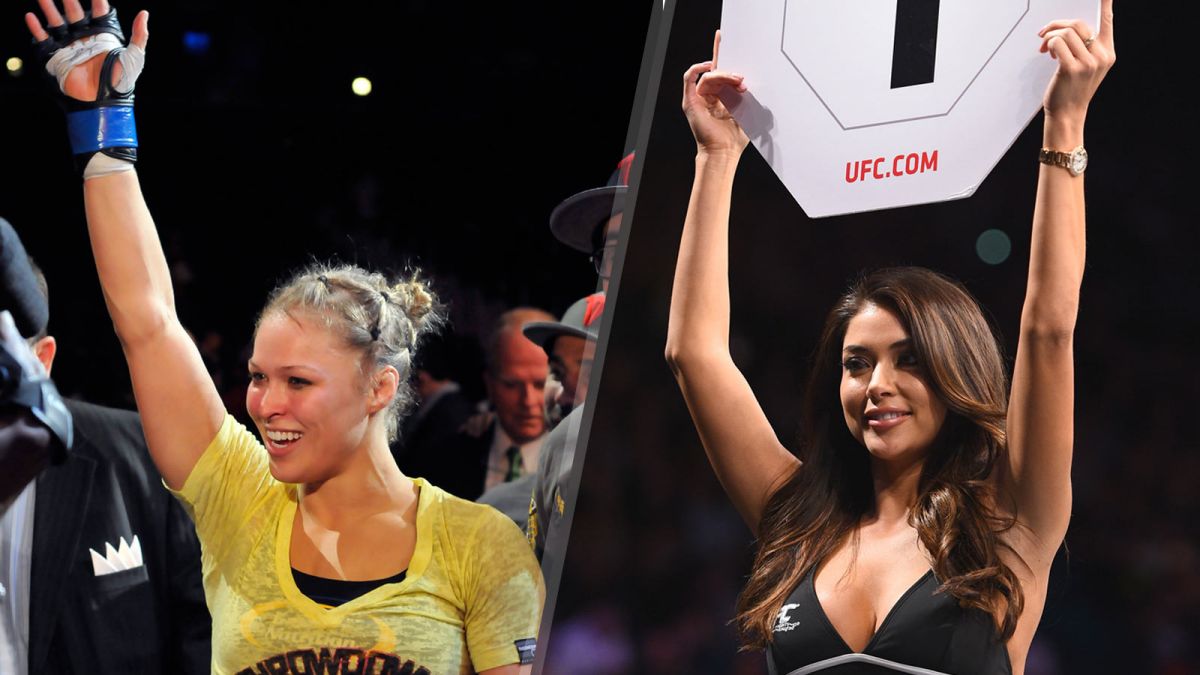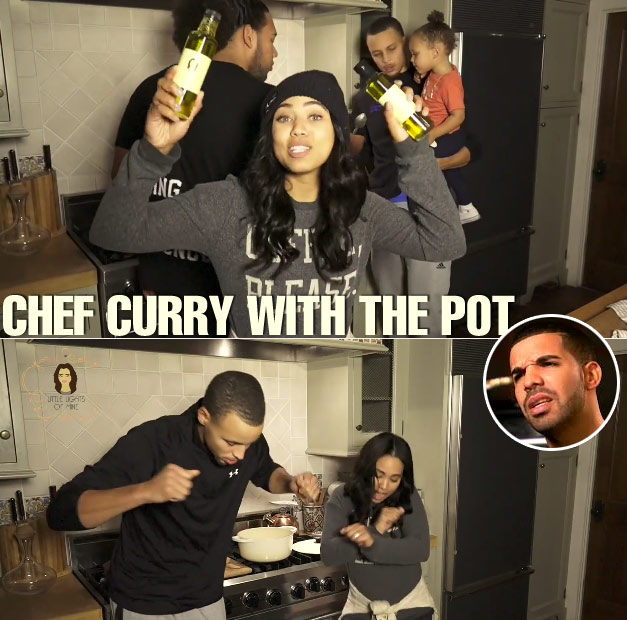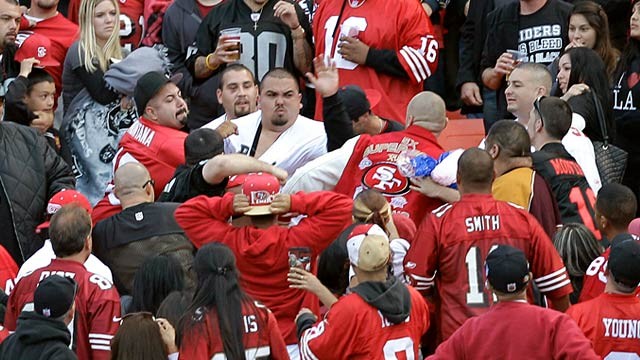Isaiah Johnson hadn’t gotten many snaps on defense, but he knew the play was coming to him with the game on the line.
I legitimately don’t know what to expect Monday night in the Jets–Patriots game. This is a weird spot for New England, and Joe Flacco’s had success against Bill Belichick in the past. Until then …
• Here’s a great story from the end of the Chargers–Raiders game, providing a good illustration of how GM Mike Mayock has built the Vegas roster up over his two years. Going into Sunday, 2019 fourth-round pick Isaiah Johnson had played a total of 30 defensive snaps in seven games, having settled into a role primarily as a special teamer and a depth piece at corner.
The thing is, you never know when you’ll need those guys—and on Sunday, the Raiders most certainly needed Johnson after former second-rounder Trayvon Mullen went down. In turn, as you’d imagine, Johnson might as well have had a bull’s-eye on his jersey, as far as the Chargers were concerned, and L.A. most definitely had him wearing it with the game on the line in the final minute. To his credit, Johnson knew to expect it.
“I just knew,” Johnson said. “Just knowing how the game was going, knowing that I hadn’t had a whole bunch of snaps on film, in a game-type situation, they want to get their best, biggest player against the person that hasn’t been playing a whole lot. So I was thinking in that situation, they were going to come to me. … Yeah, I figured that’s what they were about to do.”
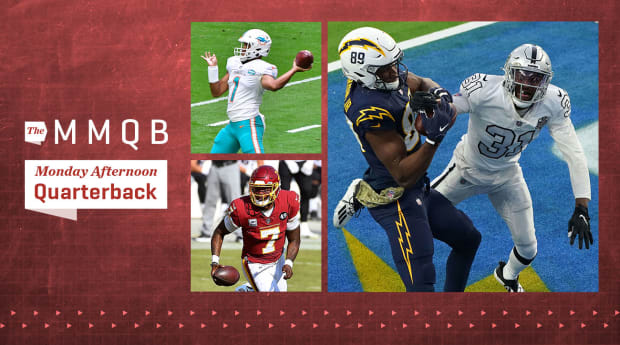
So here was the situation: Chargers QB Justin Herbert spiked the ball after getting it to the Raiders’ four-yard line with five seconds left, down 31–26. That left time for one, maybe two snaps to get it in the end zone for the win. And on the first shot, second-and-goal, the Chargers put a back and two receivers to Herbert’s left, which isolated Johnson on Mike Williams to the right of the formation. That only strengthened Johnson’s instinct that the ball was coming his way.
“When he wound up there, I knew what he was about to run,” Johnson said. “Man, when he came up, I was like, ‘Yo, he came out here for a reason.’ And I’m going to be honest: He ran a really good route on me and didn’t catch a touchdown in the back of the end zone earlier in the game. So when he came back out there at the end of the game, I was like, I know exactly where the ball’s going to go.”
Sure enough, Williams ran a fade and Johnson was ready, riding the receiver toward the back of the end zone, then timing his jump to match Williams’s and fighting to jar the ball loose as both guys went to the ground. But the Chargers weren’t done with the second-year corner.
In fact, on the next snap, it was even more obvious. The Chargers split four guys left in what you’d call a quads diamond look, and again had a big man all alone to Johnson’s side—in fact, this was an even bigger guy, in 6′ 8″ tight end Donald Parham. “When they put that big tight end out there, I was like there’s no way he’s going anywhere else,” Johnson said. And Johnson was right. At the snap, Parham ran the fade, as Johnson forecasted.
But even with that knowledge, Herbert’s throw and Parham’s body position were perfect, meaning Johnson would have to be as well.
“It’s trusting my technique, knowing the right way to play the situation,” he said. “In a situation like that where you’ve got a guy that big, you’ve got to know it’s going to be really, really hard to get your hand on the ball. If you go back and look at the replay, I had my hand in between his hands where the ball was, when he initially caught it. But he’s so tall and so big, so it’s hard. I just kept fighting on the way down, knowing that I had to do this for my team. It was more than me. So I just tried to make a play for my team.”
Initially, the refs gave Parham the game-winning touchdown. But a close look showed what Johnson already knew. “I knew it wasn’t a catch,” he said. “I pulled it out. I felt my hand on the ball, and I felt the ball come out and hit the ground. I just wanted to make sure that they could see it on the replay.”
The refs did, the call was overturned. and that’s the difference between the Raiders’ being 5–3 and 4–4, a lightly used second-year pro who they drafted and kept developing, even if he’s struggled to find his way on to the field. There are more examples of this, too, on Vegas’s roster, which is part of why 5–3 this year feels a little different to Johnson than 6–4 did last year—there’s a belief in the depth of the group that’s stronger now than it was then.
“I will say this, knowing that this is my first game playing that many snaps for my defense and for my team—it was great to have that support, that encouragement, that love from every single one of my teammates,” Johnson said. “The energy, the beginning, the end of the game. Even in that last moment, the energy and the way we came together on that last play, especially during the review, I loved it. Because I knew my team believed in us and we knew we were going to win that game.”
Which, of course, they did.
• The NFL has a virtual owners meeting on Tuesday at 1 p.m. ET, and there’s an interesting voting matter on the agenda, titled Resolution G-6. Under the proposal, owners are asked to reaffirm their commitment to play the regular season within 17 weeks “safely and responsibly” and also vote to add an additional week to the regular season, Week 18, “if the 256-game regular season cannot be completed in 17 weeks but can be completed by adding one additional week to the regular season.”
In essence, the proposal reads as owners giving the league the flexibility to unilaterally add Week 18 to the schedule. I’d imagine that proposal will have no trouble passing.
The proposal also says that “clubs may play an unequal number of regular season games if postponed games cannot be played,” and that if a 256-game regular season gets played or “if games that are unable to played do not otherwise affect eligibility or seeding for the postseason,” the 14-team playoff will happen as planned. In other words, if COVID-19 doesn’t affect the bracket, we’ll get the postseason as prescribed.
• And if that doesn’t happen? Things get interesting. Per the proposal, “If the 256-game regular season cannot be played in 17 or 18 weeks,” an alternate plan would be enacted, taking the playoff field to 16 teams. To qualify, teams would have to have played at least 50% of the games that the team that’s played the greatest number of games in its conference has (a nonissue since every team has will have played eight games after this week).
From there, four division champions and four wild cards would be selected by winning percentage. And here’s a twist: They’d be seeded by winning percentage, regardless of whether they won their division. Which would mean the NFC East champion, for example, wouldn’t automatically get a top-four seed and a home game.
The tiebreaker sequence is also part of the proposal (head-to-head, total wins, then winning percentage in conference play and on down). So yes, a lot of thought has gone into this. And I’m not rooting for games to get canceled, but this playoff format would be super interesting if games are canceled and this plan gets put into motion.
• Also on the agenda is the workplace diversity measure to reward teams for being a pipeline for minority coaches and scouts. As the proposal reads, teams will get third-round comp picks in the each of the two drafts to follow if they have a minority staffer hired away into head coach or GM roles elsewhere, and get third-round comp picks in the next three drafts if they have people hired into both roles in the same year.
There are a few conditions. The candidate must’ve been employed by the team being rewarded with the comp picks for at least two years. It also can’t be a lateral move, and there can’t be a break in employment from one team to the next.
Obviously, there’ll be a lot of eyes on what happens in the next hiring cycle, which will kick off less than two months from now.
• I mentioned this in the mailbag on Wednesday, and it’s worth trudging out again—the production that the Saints continue to get out of their 2017 draft class is incredible. First-round picks Marshon Lattimore and Ryan Ramczyk have played 84.51% and 93.84% of the team’s snaps this year (on their sides of the ball), second-round pick Marcus Williams has played 99.8%, and third-rounder Alvin Kamara, Alex Anzalone and Trey Hendrickson have played 68.48%, 77.45% and 59.80% of the time.
Their cumulative cap charge for 2020: $13.9 million, even after Kamara’s extension.
Now, the bills are going to come due on that shortly. Lattimore’s got a $10.2 million option next year; Kamara’s number will be $5 million next year, but it jumps to $14.5 million in 2022; and the other four are up after this year. Still, the production the Saints have gotten from that group is off the charts, and another sign of the value of assistant GM Jeff Ireland, who’s been hugely responsible for turning the team’s drafting around.
Drafting like that creates an enormous advantage and leads to nights like Sunday night in Tampa. And it gives the guys within the class something to strive for now, too, knowing their time together might be short.
“Resilient is something I would describe our draft class as,” Hendrickson told me on Sunday night, after the 38–3 blowout of the Bucs. “You know, [being] able to hit the reset button and go after it all over again is pretty special. So I’m fortunate to be a part of it.”
• Panthers RB Christian McCaffrey and 49ers TE George Kittle have been consistently banged up the last couple of months, and Ravens LT Ronnie Stanley is out for the year after a gruesome ankle injury. What their situations show is why football players often will take the money the first chance they get—even if it’s not quite what they see themselves as worth.
And this isn’t a shot at anyone’s contract. All three of those guys did well on their deals, with McCaffrey and Kittle setting new standards at their positions and Stanley coming very close to being the second offensive lineman to get to $20 million per year.
Could they have gotten more? Sure, each guy could’ve pushed the envelope, rode his deals out a little longer and tried to see where that would take him.
Right now, my guess is each one of them is happy they didn’t.
• I did mention in the morning column that we seem to have normalized Patrick Mahomes’s outrageousness—and that’s evidenced pretty strongly in how we’ve all ho-hummed his 30-for-45, 372-yard, four-touchdown effort against a tough Panthers team on Sunday. So it’s easy to forget that he’s 25 and still getting better. But in case you did forget, you should take a look at what Tyreek Hill said postgame.
“The year that he threw the 50 touchdowns, he was amazing, obviously,” Hill told reporters. “But this year, it’s like he’s seeing things differently. He’s doing more no-looks. He’s reading the defense better. He’s changing the play. He’s just great. He has gotten a lot better.”
Which lines up with what Mahomes said to LeBron James’s crew on HBO’s The Shop earlier this year, that the NFL game is just now starting to come into focus for him.
• Now that Kyle Allen is headed for surgery and is almost certainly out for the year, Alex Smith will take the reins as the team’s starter—and that puts Dwayne Haskins back on the gameday roster and one play away from getting back in. Indeed, I’m told the plan is to dress him Sunday in Detroit as Smith’s backup. And you can write this down: How he handles the next two months could certainly have an impact on his future as an NFL quarterback.
The fact is, he’s not going to be treated like a first-round pick wherever he goes next, and so he has to show he can fit into the framework of a team and handle being a backup just the same as he can handle being a starter. I still think there’s talent there. The key now for Haskins is showing who he is as a person. Other teams are watching.
• It was pointed out to me late Sunday night just how Tua Tagovailoa kept rolling with the punches against Arizona and, honestly, when you add it up, there were a lot of them. He kept the train on tracks as the injury bug hit the Miami offense—they lost WR Preston Williams and TE Durham Smythe in-game—and operated behind a line starting three fellow rookies. He played without his position coach, Robby Brown, who was one of the five Miami coaches shelved under COVID-19 protocols.
And amid all of it, he won a game that required his offense scoring in the 30s. So the stat line was good (20-of-28, 248 yards and two TDs), but the performance was even better.
“He’s young, so there’s gonna be ups and downs,” said one Miami staffer. “The guy is a winner, though.”
• One statistic that stuck out to me: Broncos rookie receivers Jerry Jeudy and K.J. Hamler combined for 200 yards and a touchdown on 13 catches Sunday. Denver’s got its issues, but it looks like there’s really something there at wideout. Jeudy was considered by many to be the 2020 draft’s best receiver. And Hamler’s inability to run a 40 at the combine (he was nicked up) might’ve kept him out of the first round. Some scouts believe if he’d been able to run, he’d have clocked in at 4.3 and probably have gone much higher than he did (46th).
——————-



